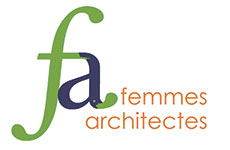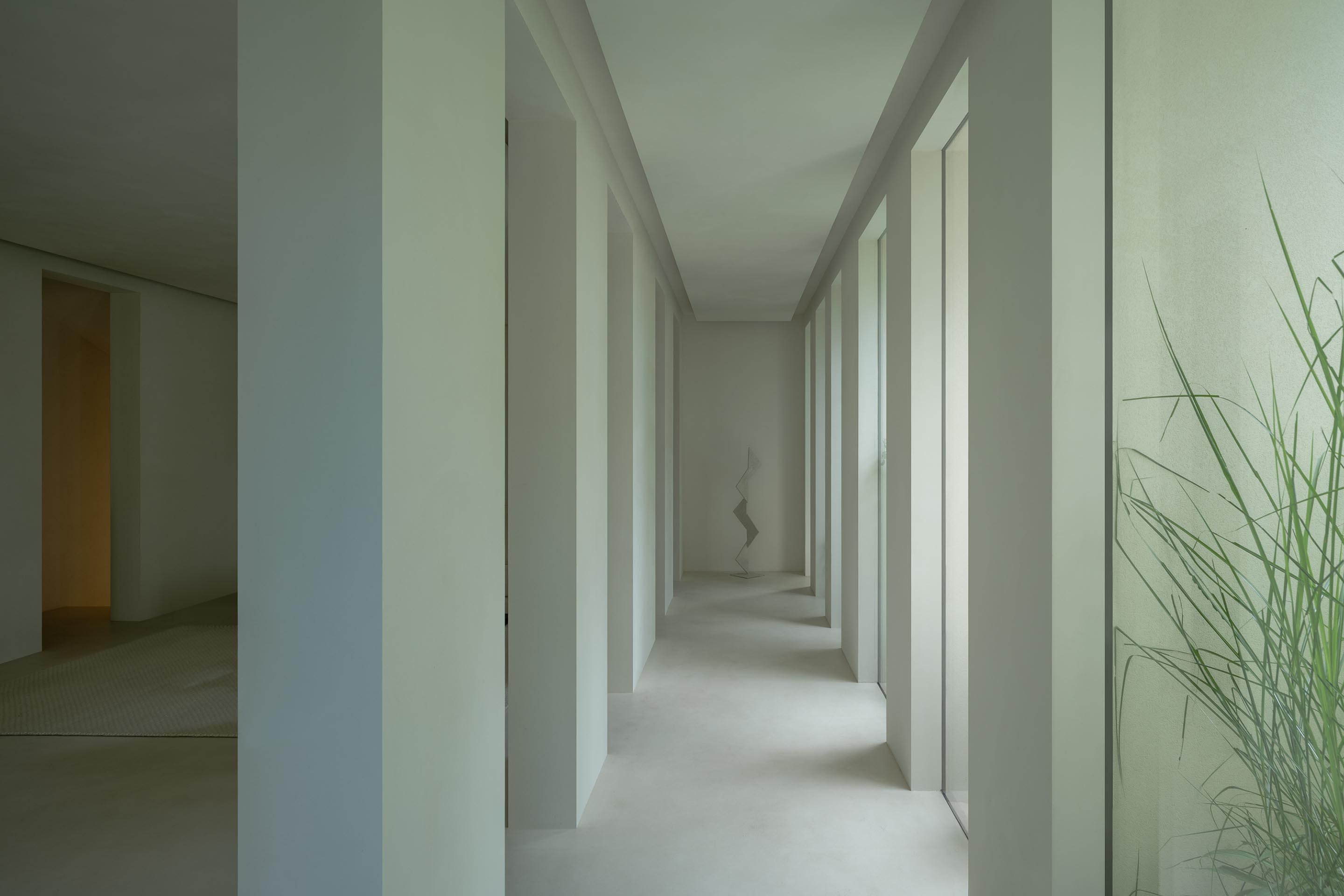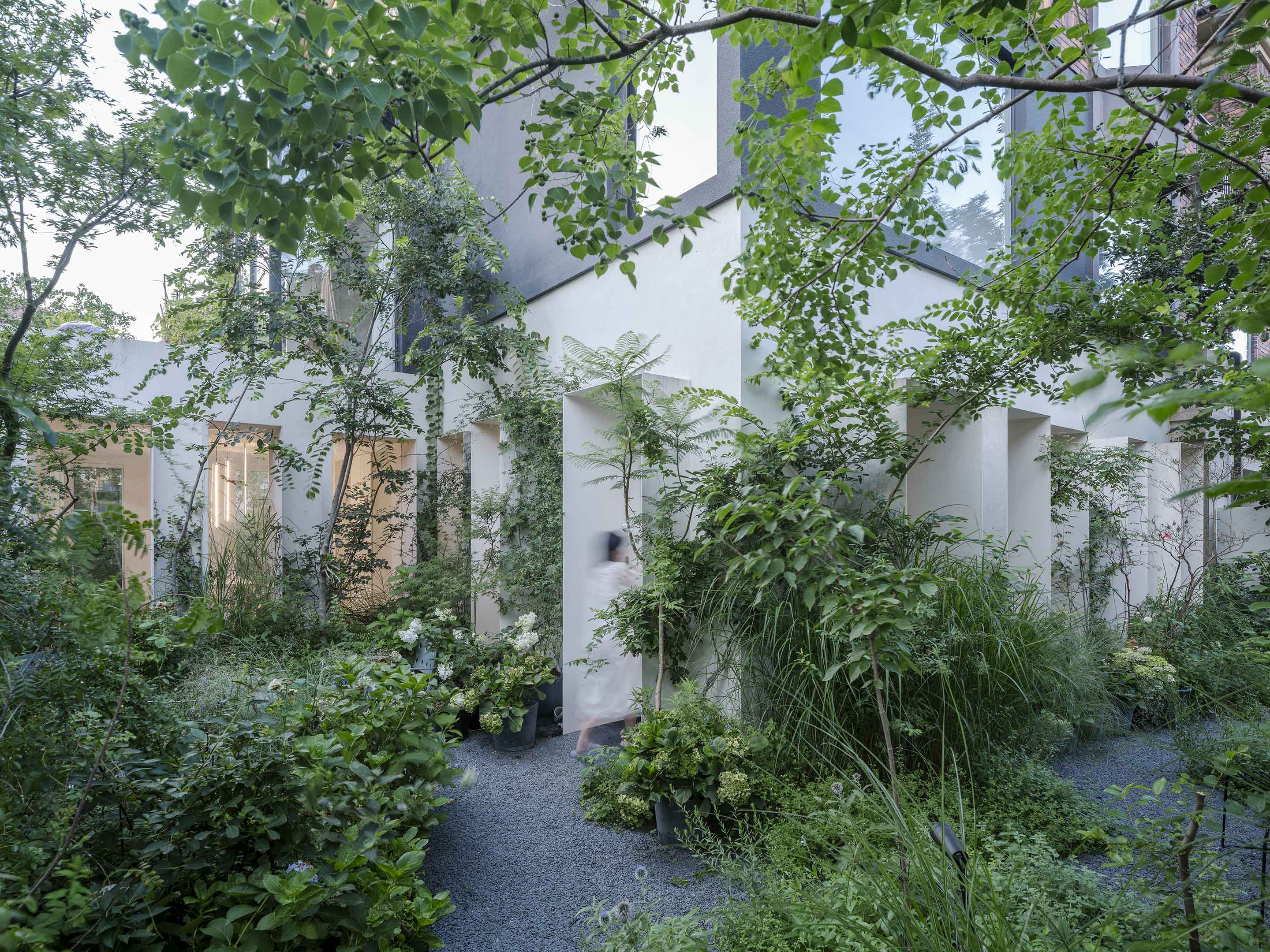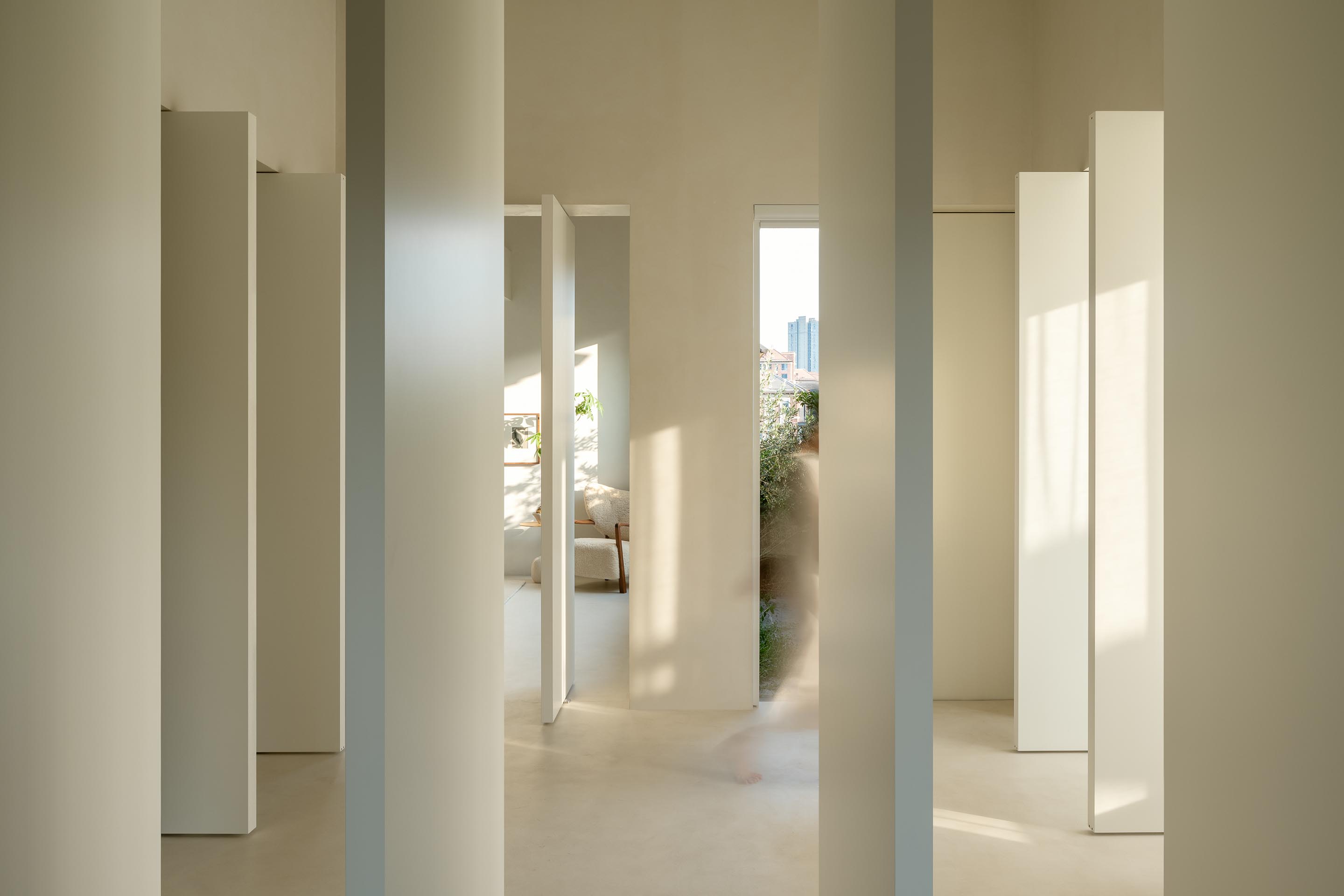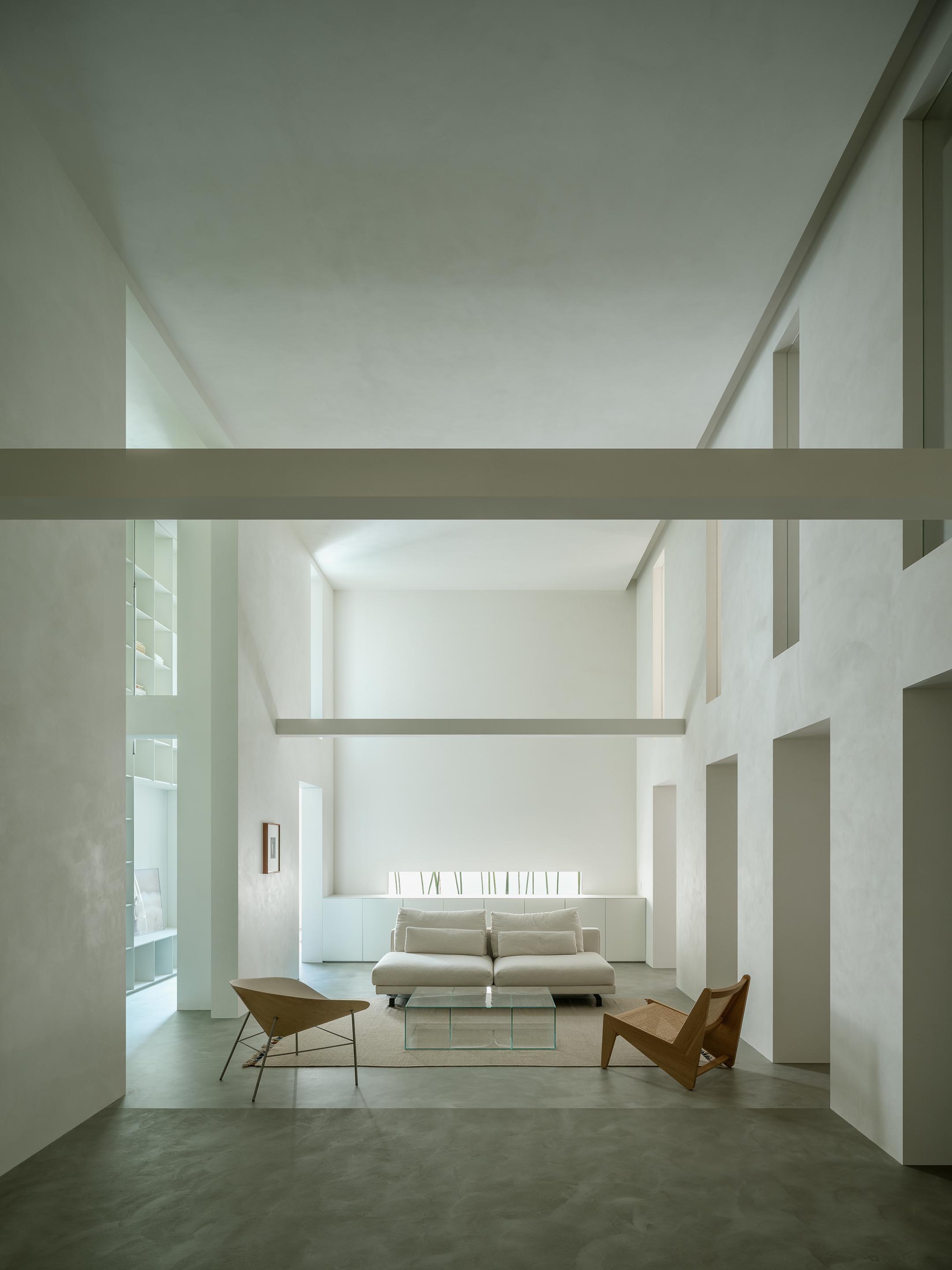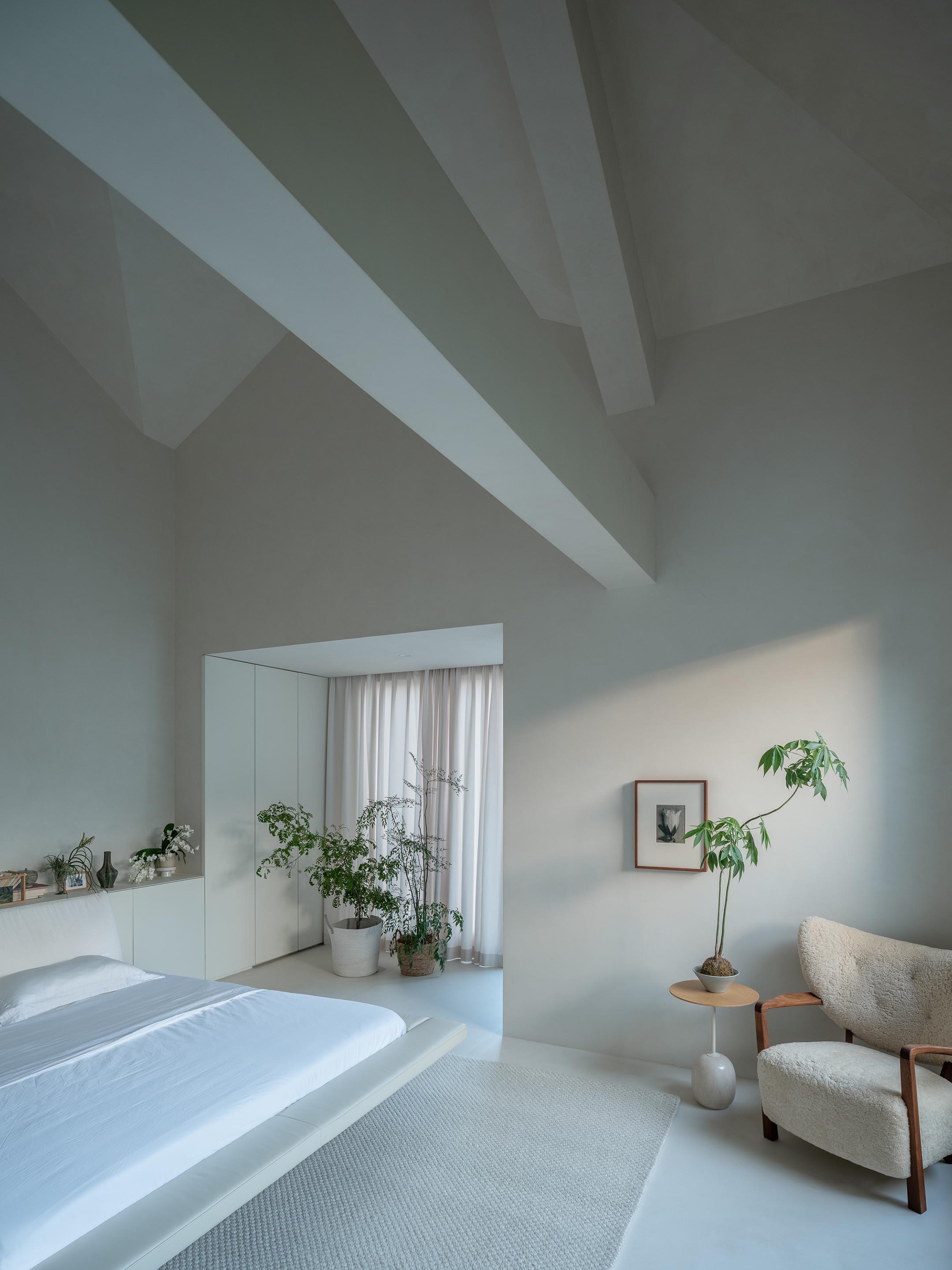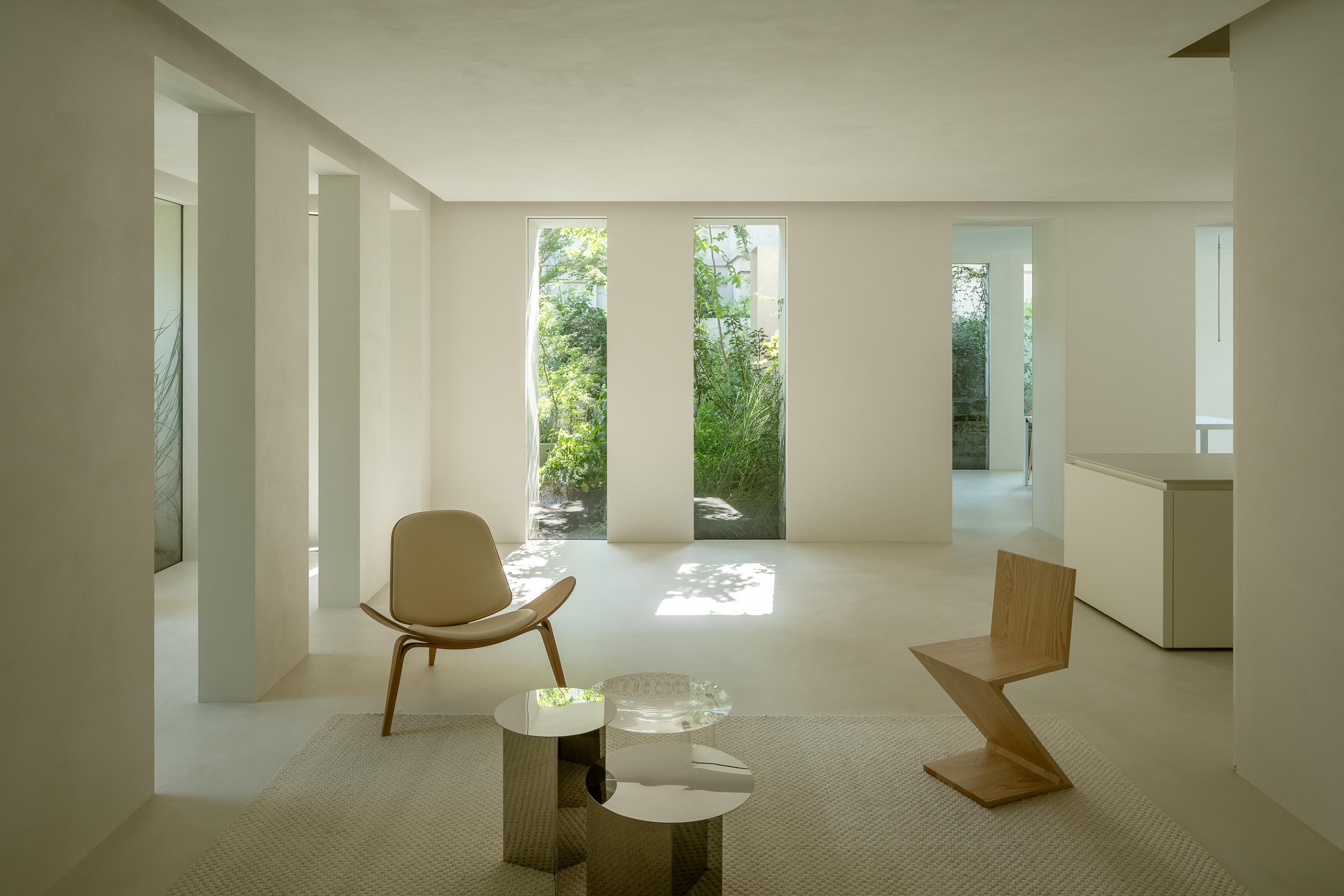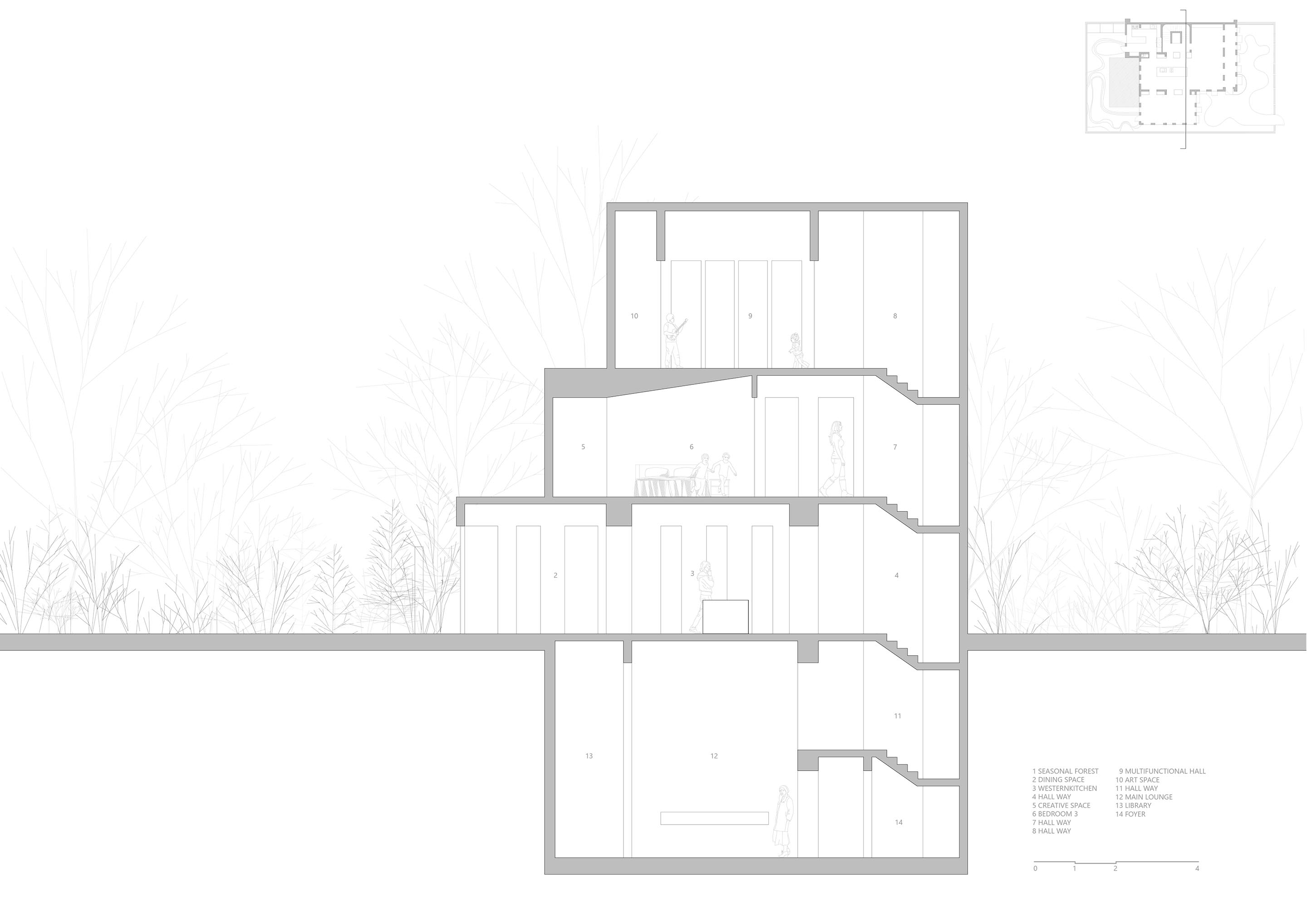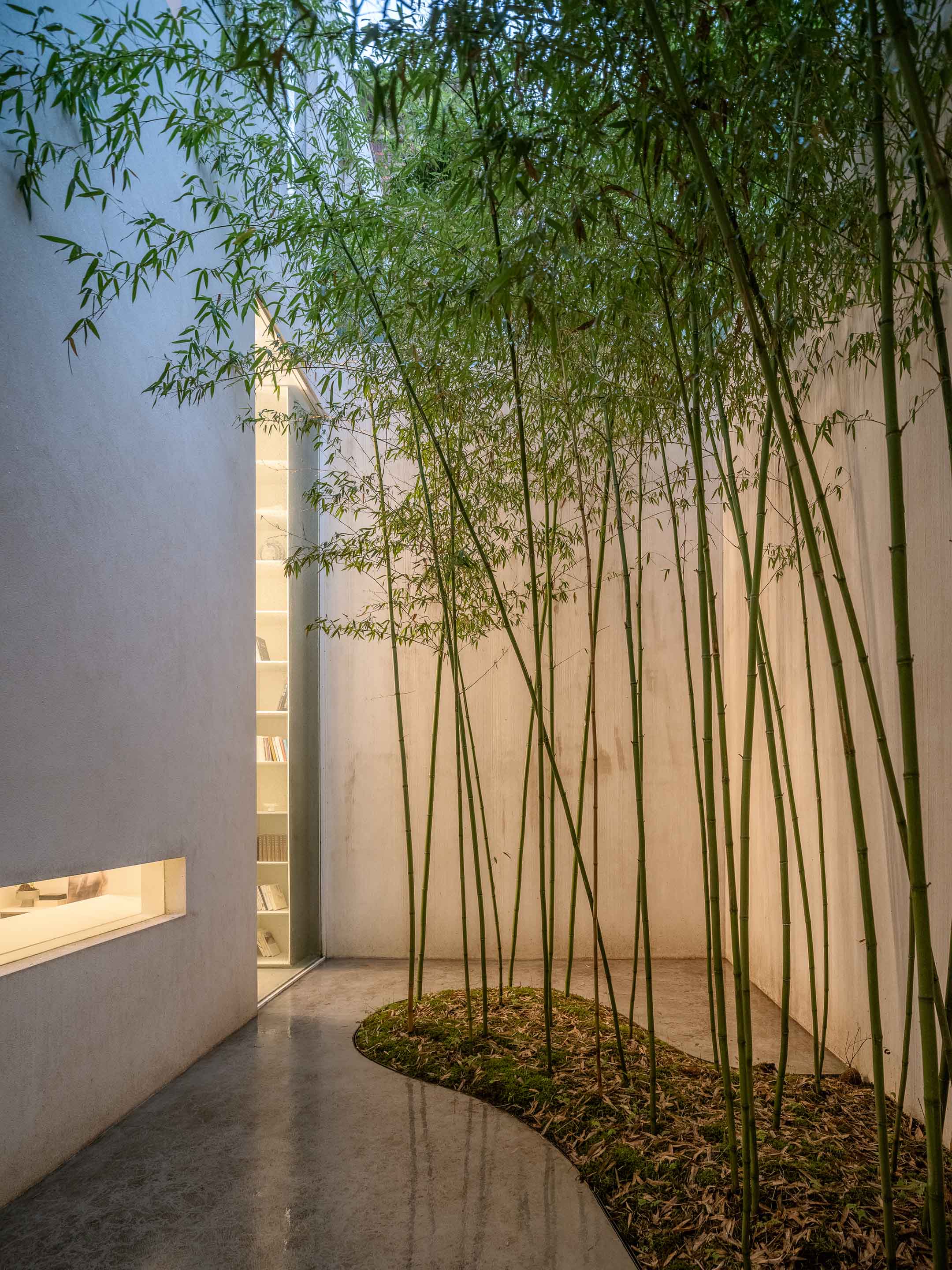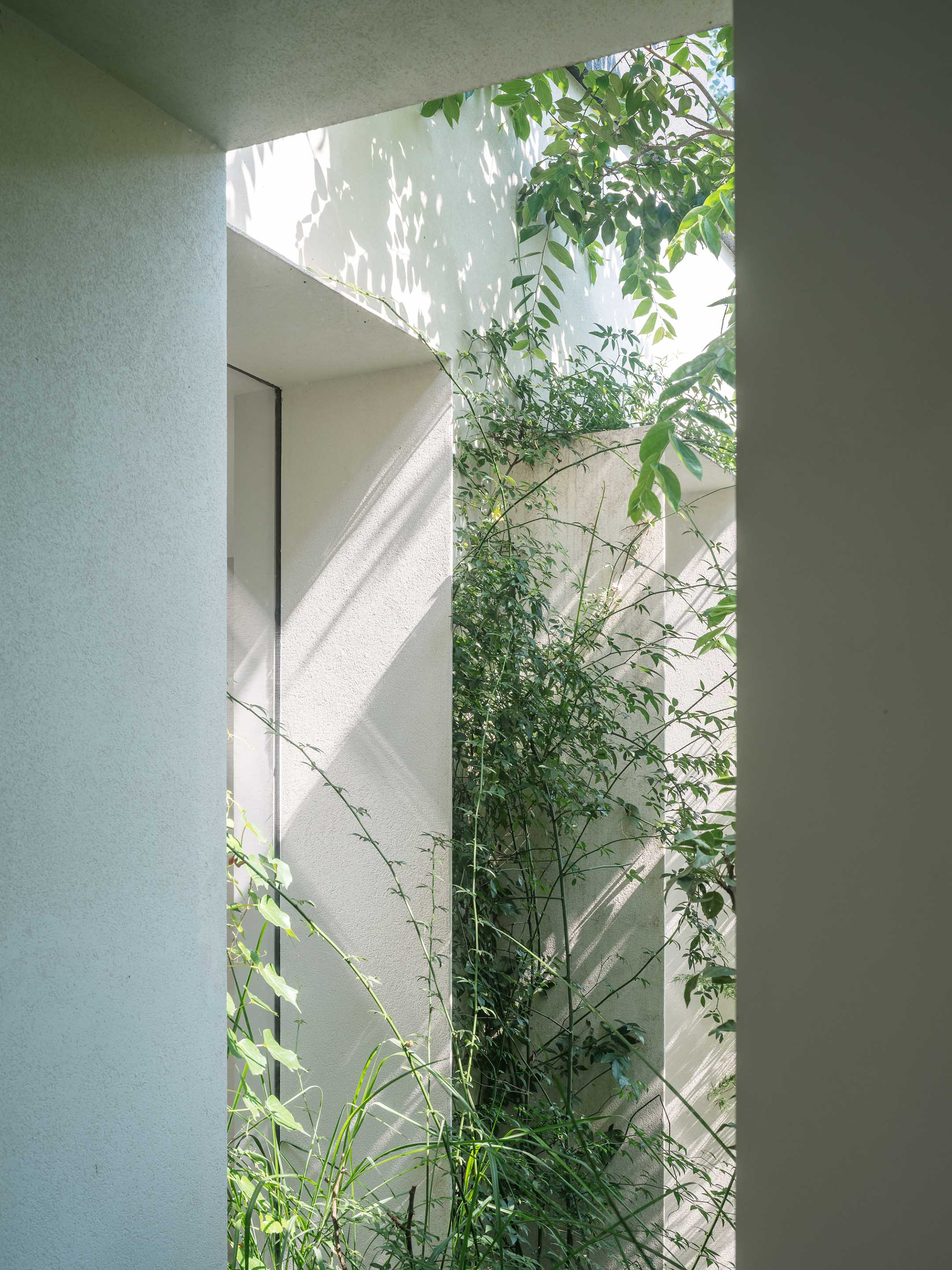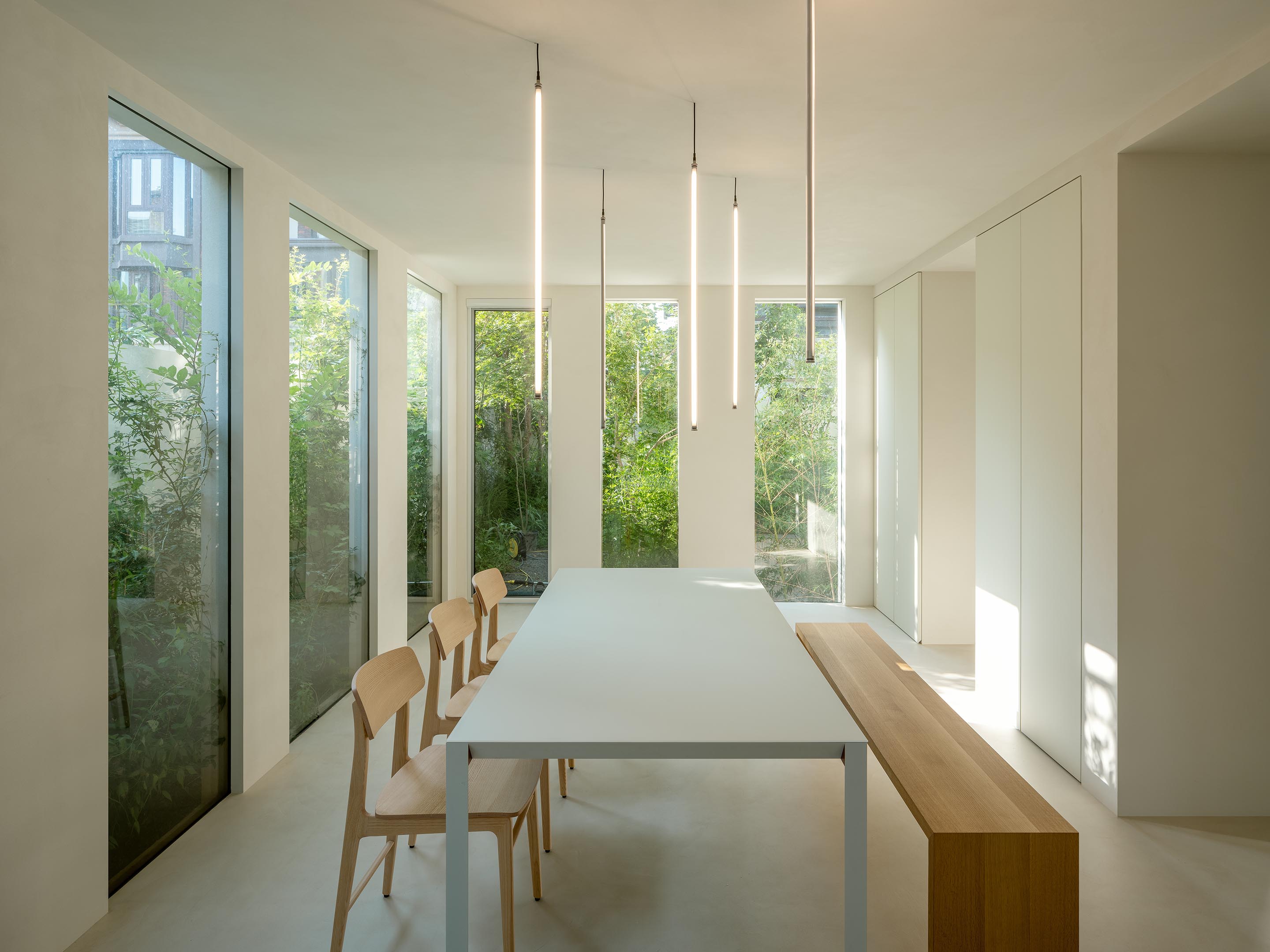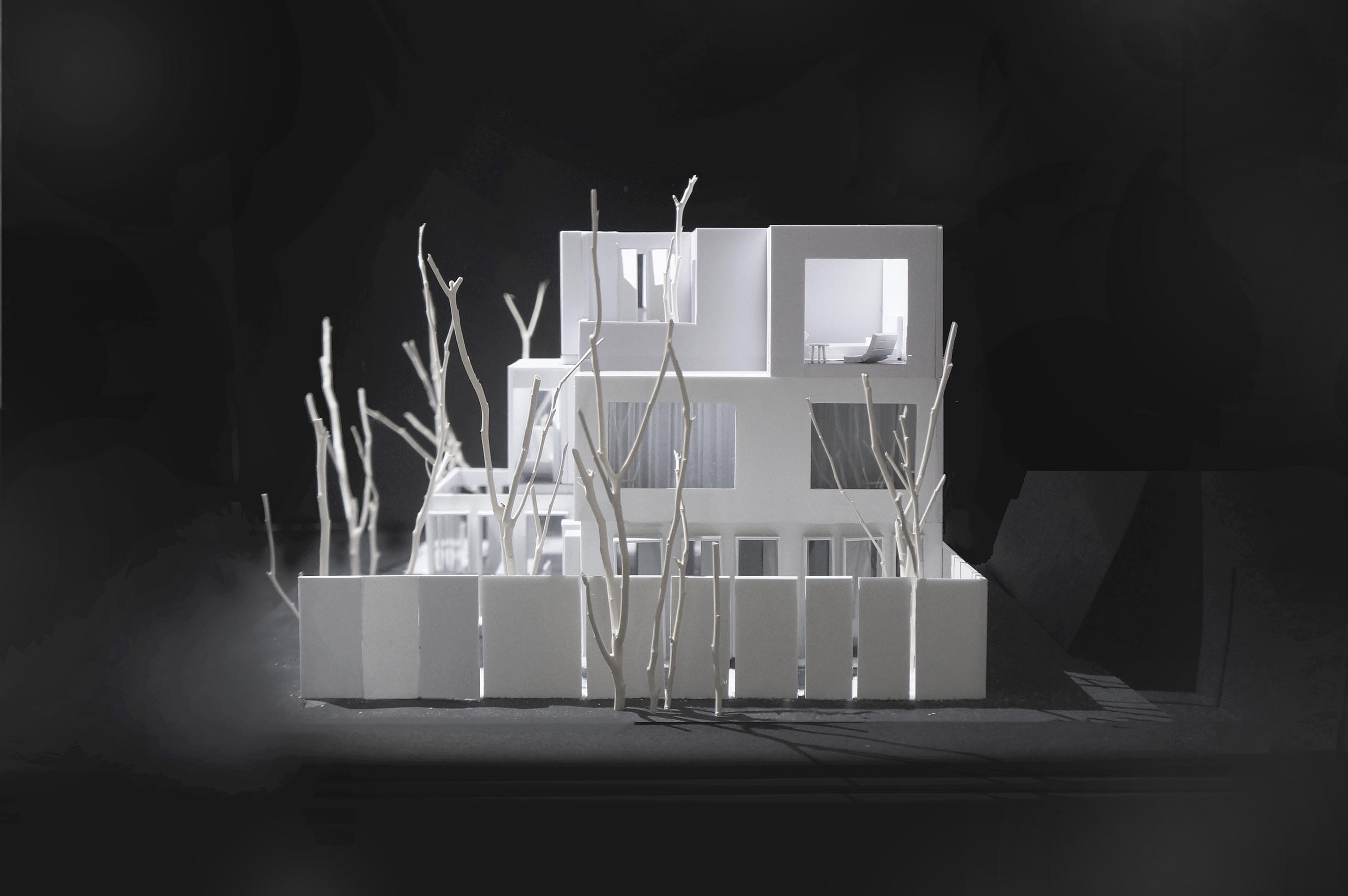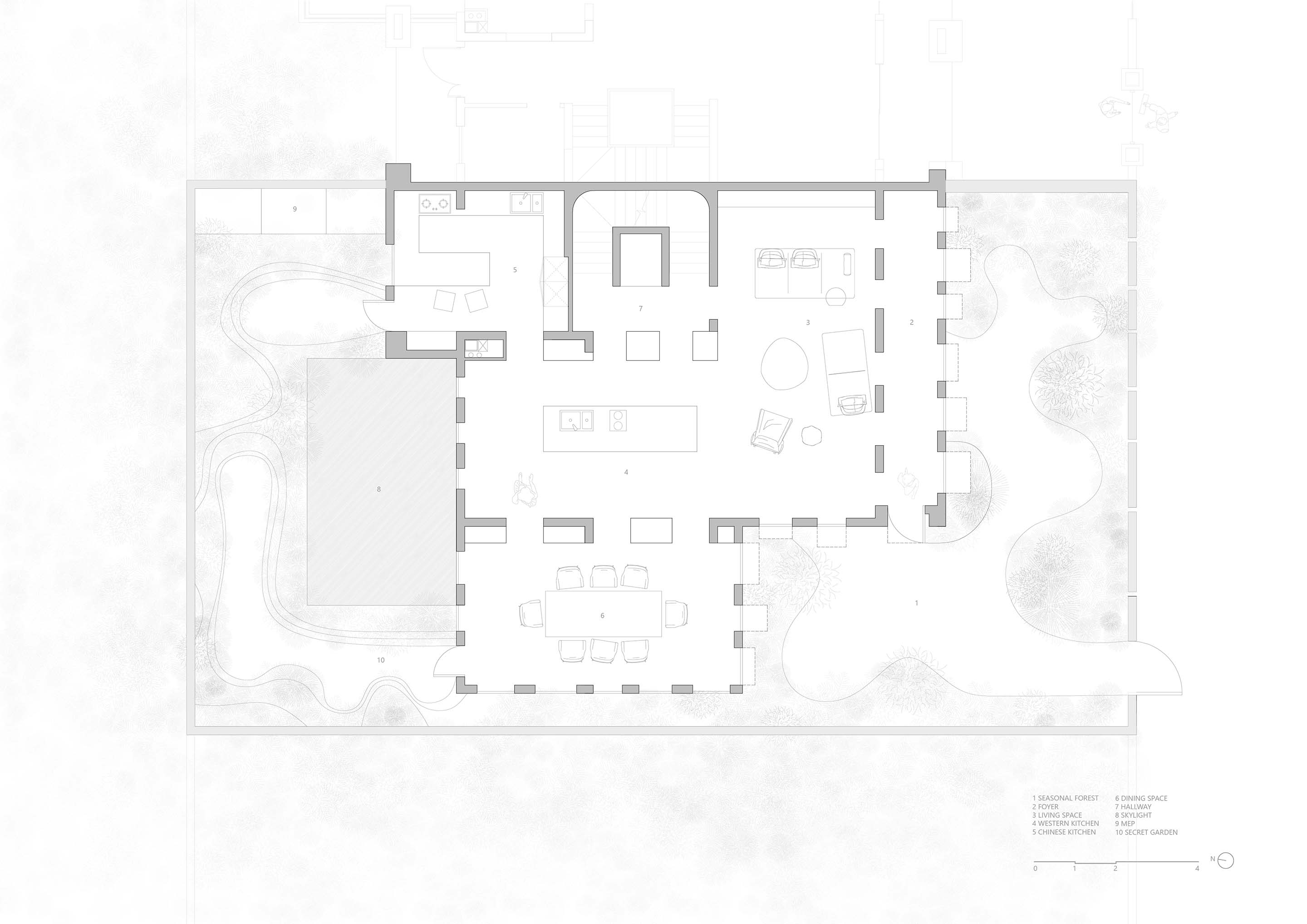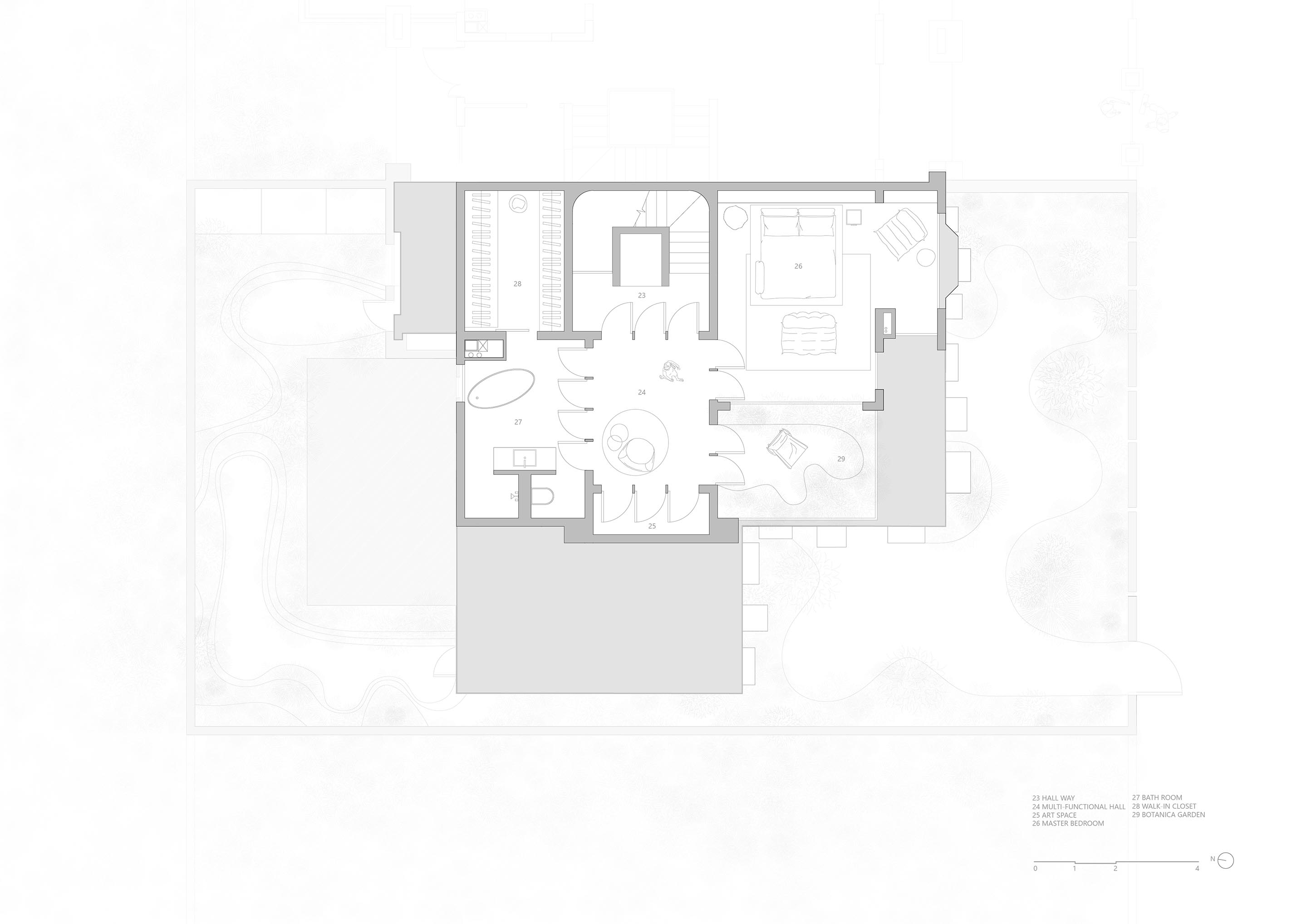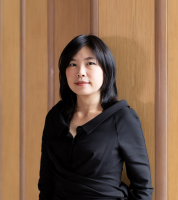
Kulthida SONGKITTIPAKDEE
- Site : https://hasdesignandresearch.com/projects/
- Adresse : 604/186, Soi. Phetkasem 92/1, Phetkasem Road, Bangkhae, Bangkok 10160, Thailand 10160 bangkok
Kulthida SONGKITTIPAKDEE is a prominent Thai architect whose professional practice, academic involvement, and cultural advocacy have meaningfully contributed to the visibility of women in architecture across Asia and beyond. Her work is grounded in a deep commitment to cultural identity, environmental responsibility, and inclusive urban development, demonstrating how architecture can bridge tradition and innovation while responding to the complexities of contemporary life.
As co-founder and principal architect, alongside acclaimed architect Jenchieh Hung, of the Bangkok-based firm Jenchieh Hung + Kulthida Songkittipakdee | HAS Design and Research, she has developed a distinctive architectural language rooted in a deep commitment to cultural identity, environmental responsibility, and inclusive urban development. Her work demonstrates how architecture can bridge tradition and innovation, responding to the complexities of contemporary life by reinterpreting local materials, spaces, and places through projects such as the Museum of Modern Aluminum, Simple Art Museum, Aluminum Grotto and Public Ground, Forest Villa, and Casa de Zanotta. These works have been recognized by numerous international institutions and professional organizations, with notable honors including the INDE. Award Winner from Australia in 2023, the LIT Lighting Design Awards Winner from Switzerland in 2023, and selection for the Wallpaper* Architects’ Directory in the United Kingdom in 2022.
In parallel with her professional achievements, SONGKITTIPAKDEE contributes significantly to academia. She serves as a visiting professor at Chulalongkorn University and Tongji University, and as Dean’s Special Advisor at Kasetsart University. These academic roles reflect her strong commitment to mentorship, particularly in empowering young women architect. Her contributions also extend into writing and research. She is the author of four influential books that reflect her evolving design philosophy. Her first, titled “Arch Life and Rhythm”, published in 2016, recounts her experience as the first Asian architect selected by the Renzo Piano Foundation to collaborate at Renzo Piano’s Paris studio. This was followed by “The Improvised: Phetkasem Artist Studio” in 2021, which explored identity through spatial experimentation. In 2024, she published “from MANufAcTURE to Architecture: Museum of Modern Aluminum”, highlighting architecture’s role as a bridge between nature and humanity. Her most recent work, “Chameleon Architecture: Shifting / Adapting / Evolving”, released in 2025, explores contemporary research and the fluid nature of design practice in a rapidly changing world.
In 2024, she was appointed chairwoman of Thailand’s largest architectural exposition, organized by the Association of Siamese Architects Under Royal Patronage (ASA). In this national role, she became a role model in the architectural field, actively encouraging women architects in leadership. SONGKITTIPAKDEE holds a Bachelor of Architecture with honors from Chulalongkorn University and a Master of Urban Design from the École Nationale Supérieure d’Architecture de Paris-La Villette (ENSAPLV), bringing together perspectives from Asia and Europe. Beyond the physical realm, she is a passionate mentor and advocate, committed to amplifying Thai voices on the global stage. Her work continues to inspire a new generation of architects to embrace cultural depth, social responsibility, and global engagement through design and research.
|
Forest Villa
Forest Villa is located on the outskirts of Hefei, near Dashu Mountain National Forest Park. Its natural topography is as picturesque as a fairyland, inspiring founders and architects Jenchieh Hung and Kulthida Songkittipakdee of HAS Design and Research to create a unique space that embodies both eternity and spirituality. Hung And Songkittipakdee (HAS) proposed a new design strategy that not only improved the functional spaces but also enhanced the site characteristics through three elements: shell, hole, and void, for a sense of extraordinary living experience in the Forest Villa.
On the building's facade, the design uses a sequence of shells to frame the continuous view. These shells strengthen the relationship between the interior and exterior, just like the traditional Chinese gardens, creating rich light and shadow effects and blocking excessive western sunlight for indoor spaces. In the foyer, a large number of holes create a sense of ambiguity, giving the spaces a free and flowing visual effect. The overlapping holes are like a forest with overlapping trees, providing a harmonious and vivid atmosphere. In the living and dining spaces, the rhythmic walls provide an axis and void at the transition space, mediating the two spaces while also enhancing people's perceptions and emotions.
The third floor continues the strategy of shell, hole, and void, which perfectly integrates with moveable panels and presents diversity and flexibility in the space. In the morning, the fully open panels allow natural light and seasonal winds to pass through the building, giving a soft living experience; in the afternoon, the semi-opened panels filter sunlight and provide a space for meditation, yoga, and Tai Chi; at night, the closed panels create an independent space for reading, relaxing, and interacting with the starry sky. This multi-functional hall captures and records a new living experience, giving an unforgettable emotional sense and stimulating the mind, body, and soul.
On the underground floor, unlike the lightness of the upper space, architects Jenchieh Hung and Kulthida Songkittipakdee of HAS Design and Research use a variety of thick walls and holes to create a progressive and weightless visual experience, giving the natural sense of a rock cave. A series of continuous holes not only gives a sense of extraordinary spirituality but also metaphorizes the open skylight courtyard behind the wall for connecting the bamboo forest to create a Chinese landscape painting-like effect in the lounge hall.
Forest Villa is inspired by reverence and analogy of nature, allowing the architecture to learn from the natural growth of a forest, such as a sequence of pillars like a grove of trees, with each pillar having random textures and proportions for a tactile and visual sensation. The landscape is also a feature of Forest Villa. It not only appears in the seasonal forest on the ground floor, but also spreads to the open skylight courtyard on the underground floor and the botanic garden on the third floor, providing a variety of insects and birds a place to rest and bringing a smell and auditory sensation.
This building is more than a residential villa; architects Jenchieh Hung and Kulthida Songkittipakdee have created a space that is sustainable and timeless. It brings a strong sense of ritual and mystery and injects another spiritual symbol into contemporary residences.
|
